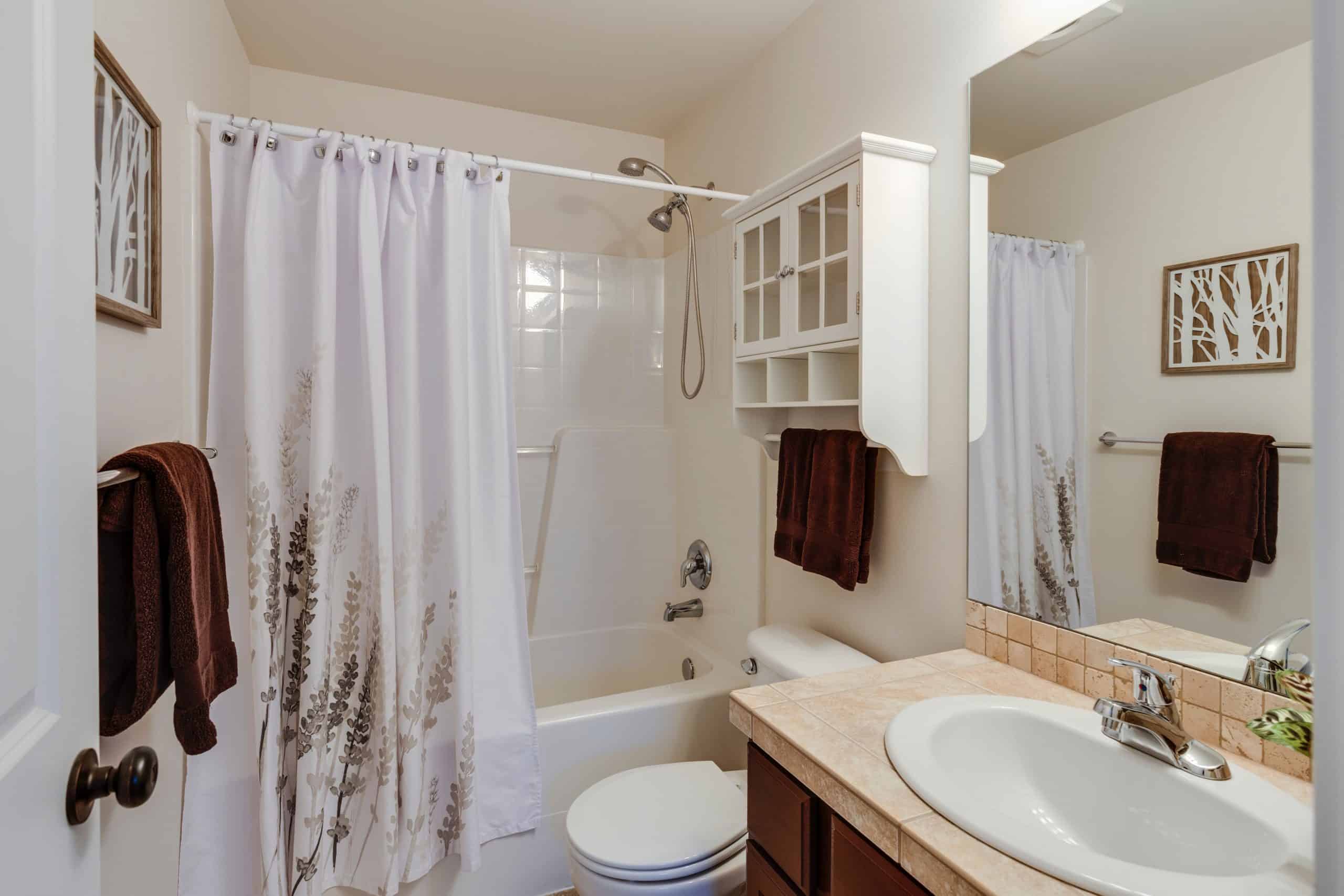Have you taken a good look around your home lately? It is important to periodically evaluate your living space with a critical eye to determine any safety risks that could cause an injury. This is particularly prudent for anyone with physical disabilities or mobility challenges in an effort to reduce the risk of a fall and subsequent injury.
If you take a look around your home living environment, you may be able to detect safety issues or hazards that may go largely ignored. Did you know that falls are the leading cause of fatal and non-fatal injuries among seniors over age 65? To truly have a safe home, the goal should always be to reduce the risk of a fall. Fortunately, there are simple steps and measures that consumers can take to reduce the risk of accidents and improve safety in the home- including checking the living space with a critical eye often. Also, for those seniors with physical limitations, mobility aids can be life-changing.
Potential Problems and Hazards
So, what are the hazards and issues that you need to watch for? Anything that could interfere with accessibility or that has the potential to cause a fall should be addressed. Take a look around your home- consider the everyday hurdles and challenges that you face.
Also, ask yourself a few questions to identify potential problems and hazards in the home:
- Do you avoid using certain areas of the home because they are up or down stairs?
- Do you struggle to see well in the home? Is it dimly lit?
- Do you have a lot of clutter? Would less make everyday activities easier?
- Is the flooring intact and level, or are there edges that could cause you to trip?
- Do you struggle to get in or out of the home?
- Have you fallen in the home before? Outside of the home?
- Do you have physical challenges that require mobility aids or equipment?
- Is there a wide path through the entire home? Are there areas or spaces that you simply can not visit?
If you answered ‘yes’ to any of these questions, it is time to address your living space and make it safer. There are resources available to help, but many may simply require making a change and possibly a bit of assistance from a friend or family member.
Additionally, mobility aids may help to reduce hazards in your home. Here’s how:
- Install grab bars for stability and support, particularly near sinks, steps, and the toilet.
- Talk to a mobility retail professional about stairlifts to enhance access to upper levels of the dwelling. These can be installed indoors and out, and fit a wide range of stairs from steep to curved.
- If you own the dwelling or have permission to do so, consider installing ramps for easier access to the home. Do you rent or lease your home? Another option is to invest in portable ramps that offer a temporary solution for access; plus, these can be taken with you to ensure access away from home, too.
- Buy a reaching tool to reduce the risk of a fall when trying to get a hold of something that is out of reach. This may be especially helpful in the kitchen, where cabinets can be quite deep and difficult to access for many.
- A shower seat can reduce falls in the shower or when bathing. These offer stability and come in all kinds of styles and sizes.
If you feel that you would benefit from mobility aids, like stairlifts or shower seats, contact us to find out more.
National Safe at Home Week
Observe National Safe at Home Week in August, the 22nd through the 25th, and pay attention to safety measures around your living situation. This is particularly important for seniors with the goal of aging in place; simple steps may help accommodate those that wish to live in their own homes as long as possible.
Some suggestions that may help include these tips:
- Go online to find public assistance and grants that may offer incentives and resources to update your home.
- Are you familiar with what the ADA (Americans with Disabilities Act) references? Use this as your guide when making accessibility modifications and accommodations.
- Refurbish the kitchen to include lower countertops and appliances, as well as easier reach to lights and fixtures.
- Make sure that doors and halls allow for easy passage. Create a wide berth through the home that will accommodate mobility aids like walkers and wheelchairs.
- Invest in bright, LED lighting.
- Use technology to respond to your voice. That allows you to perform basic functions- like turning lights on or off- with ease.
- Get rid of any clutter or items that could create a fall risk. It is much easier to navigate with mobility aids, too.
Take a good look around your living space: do you detect any accessibility challenges or safety issues? Reach out to the professionals at Pacific Mobility; we offer quality mobility aids and equipment that will help circumvent these issues to help keep you comfortable, safe, and independent. Call or visit us today.
President, Husband, Father, Grandfather Graduate of UC Davis- Bio Sci Major- Go Aggies! Jeff has extensive experience in all of Pacific Mobility’s products and services, and specializes in accessibility products as well as stairlifts, ceiling lifts and custom wheel chairs. His hobbies include spending time with family, gardening, mountain biking, exercising and off road motorcycle riding.
24 years as Owner/President of Pacific Mobility Center – selling, installing, and servicing stairlifts, porch lifts, ceiling lifts, pool lifts, handicap ramping, specialty wheelchairs, scooters, power wheel chairs, and other power mobility devices
Certified Environmental Access Consultant since 2008
Licensed General Contractor since 1998
Certified Aging in Place Specialist since 2016
Board Member for Home Access Professionals
Member of Association of Members of the Accessibility Equipment Industry (AEMA)




